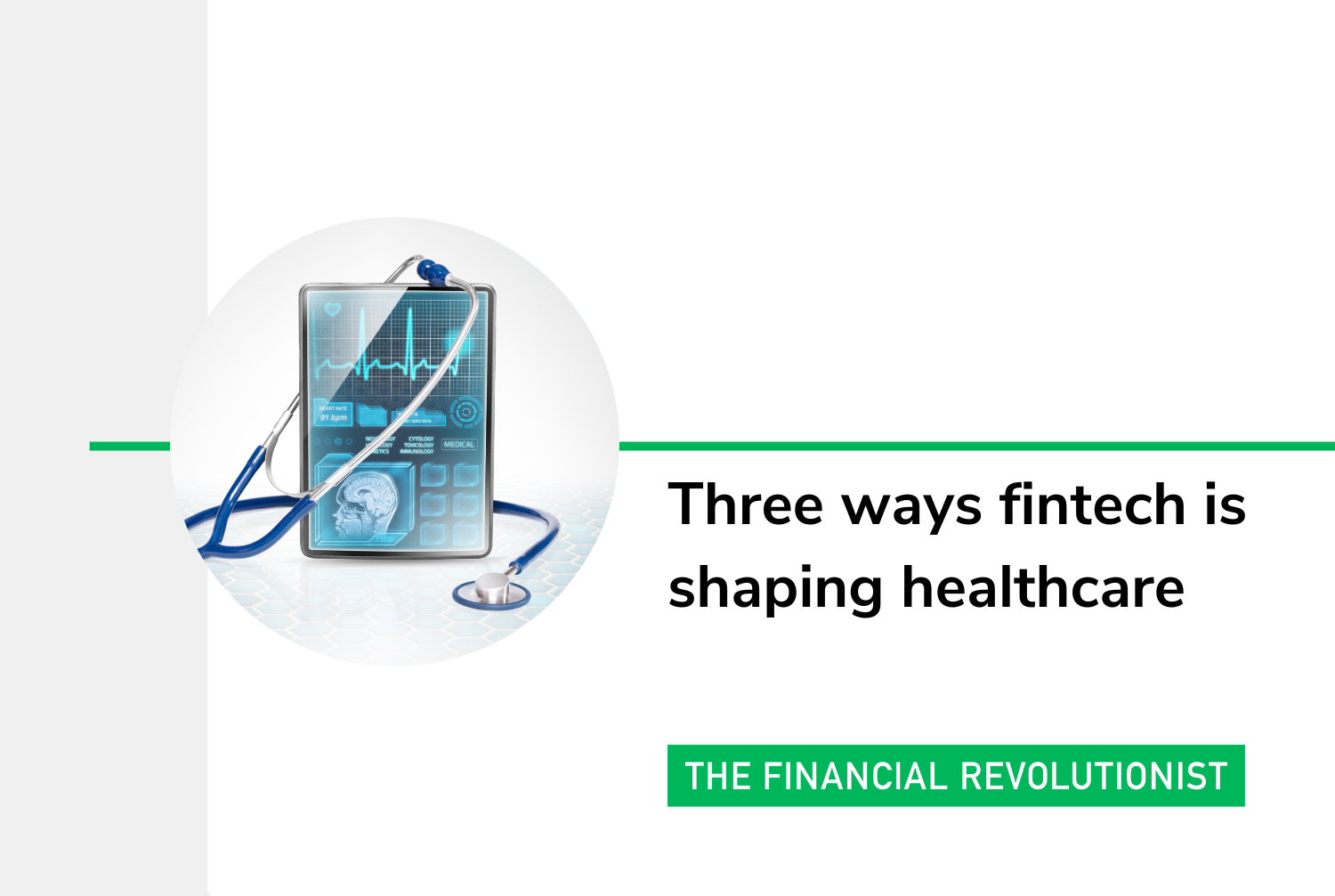Three ways fintech is shaping healthcare
/While the healthcare industry visibly innovates through pharmaceutical research, new medical devices, as well as telehealth, the financial technology undergirding this sector has seen relatively less progress over the past decades. Insurance companies still make disbursements through checks; assistants and patients still file claims manually; and consumers still have to do extensive research before choosing the right insurance and HSA plans.
With such a massive market in mind, fintech product teams have launched promising solutions addressing the gaps that remain:
Claims disbursements
Insurance companies still make around half of their payments via check rather than direct deposit or credit to consumers’ debit cards, augmenting the chance for fraud and missed payments. Solutions like One Inc work closely with insurance carriers to move away from old-school processes, mitigating fraud through biometric-facilitated payments and cutting costs in response to inflationary pressures.
“We allow [insurance carriers] to have a simple digital modern approach that's built into their core system that they use to run their company, and they know that we are doing our best to minimize fraud,” Ian Drysdale, CEO of One Inc, told The Financial Revolutionist.
As the triad of digitalization, inflation, and fraud remains, One Inc anticipates sustained interest from carriers. It may begin to sell its solutions abroad and add more carriers, including in life insurance, which is a relatively new space for One Inc. “We're trying very, very hard to be on the front end of that,” Drysdale said.
Billing
Billing remains a major hassle for medical offices and patients alike. While platforms like Kareo, NueMD, and RXNT help medical practices expedite the claim and payment process, research by PYMNTS and Lynx suggests that in-person payments remain the most prominent method for making medical payments. Despite this, nearly two-thirds of patients are satisfied with tracking medical and insurance bills through a digital portal, and 70% are interested in using a singular platform to track all of these payments.
With that in mind, we may expect medical fintechs to borrow product features from robo-advisors and similar platforms—helping patients understand where their medical payments go, track the status of claims, project future payments needs, and help consumers cut costs by suggesting different providers and networks.
HSAs
Although US consumers hold more than $60 billion in 26 million HSAs, this medical benefit remains a relatively untapped market in the US compared to other tax-favorable tools like 401(k)s. In part, this is the result of the old-school technologies that power most HSAs, which tend to be provided by small banks and credit unions.
Fintechs like Lively entered the scene in the late 2010s, and have scaled tech-powered self-service HSAs. Financial institutions like Fidelity have responded by offering fee-free HSAs for individuals; through partnerships like that between Lively and TD Bank, however, we may expect fintechs to continue shaping the HSA space in their image.














